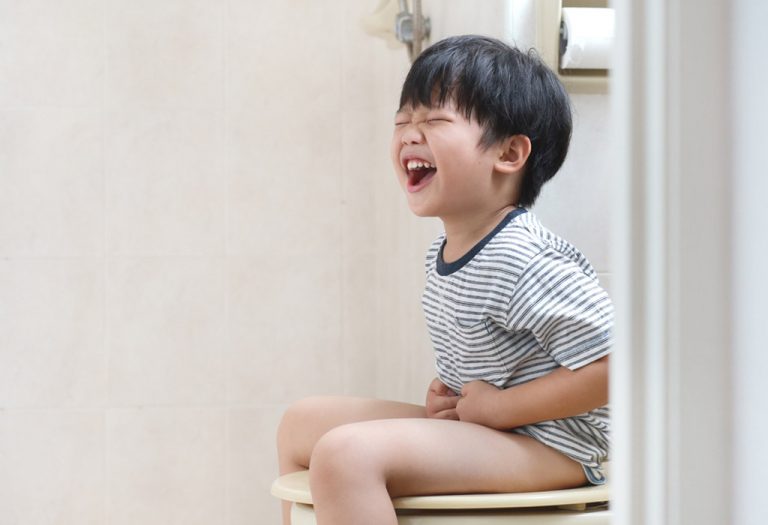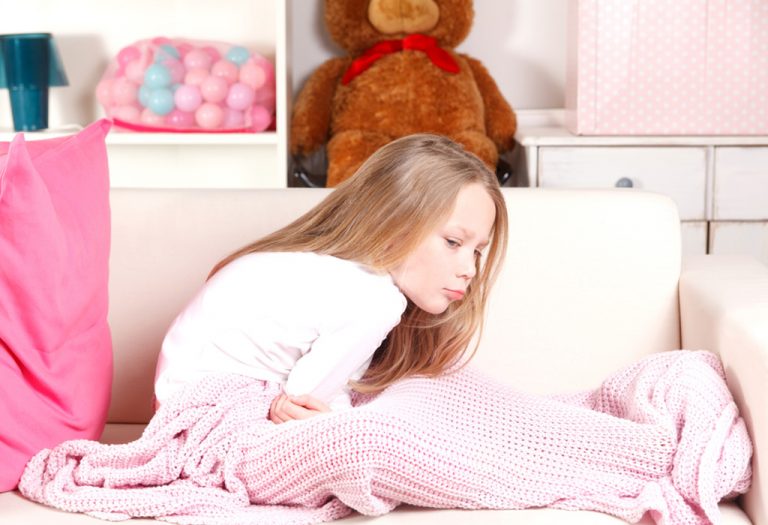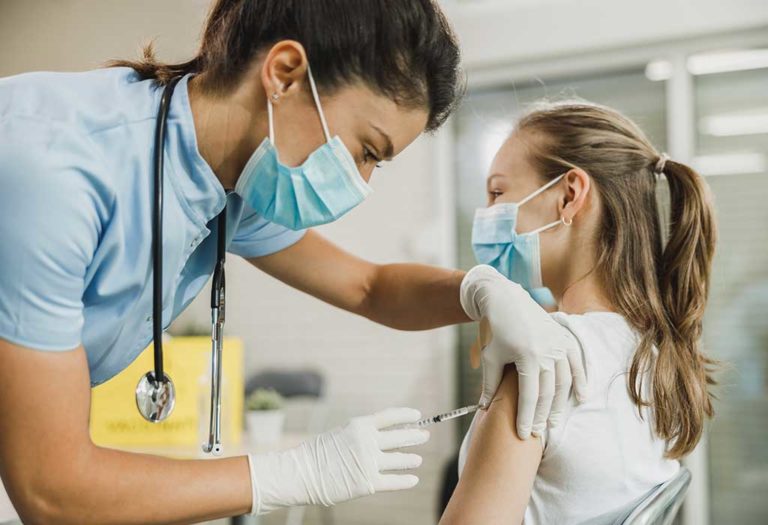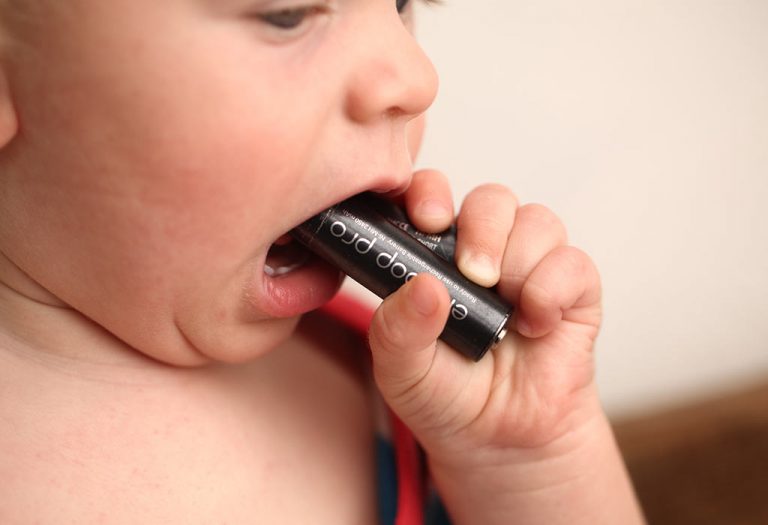Swollen Lymph Nodes in Children – When to Worry?

- What Are Lymph Nodes and Where Are They Found on the Body?
- What Is Lymphadenopathy in Kids?
- How Common and Severe Are Swollen Lymph Nodes in Kids?
- Can Enlarged Lymph Nodes In a Child Be a Serious Problem?
- Causes of Swollen Lymph Nodes in Children
- Symptoms of Lymphadenopathy in Kids
- Complications of Swollen Lymph Nodes in Children
- How Are Enlarged Lymph Nodes Diagnosed?
- How to Treat Lymphadenopathy in Children
- When to Worry About Swollen Lymph Nodes in Children
- FAQs
Swollen lymph nodes in children are small, bean-shaped glands that swell in response to infections like colds, ear infections, or strep throat. Located in the neck, armpits, and groin, they act as the body’s defense system, trapping germs and producing white blood cells. If the swelling in the lymph nodes lasts more than two weeks, is accompanied by fever, weight loss, or a hard, immovable lump on the side of the neck of the child, consult a doctor. Most cases resolve on their own, but bacterial infections may need antibiotics. Warm compresses, rest, and hydration can help ease discomfort. Though rare, persistent swelling could signal a more serious condition, so medical evaluation is important. Read this article for more information on swollen lymph nodes in kids, what causes them, treatment options, etc.
What Are Lymph Nodes and Where Are They Found on the Body?
Lymph nodes can be found all over the body. They are tiny filters that are responsible for catching the virus and bacteria that infect the body, after which the white blood cells come in and destroy them (1). There are about 600 lymph nodes in the body, some of which are mentioned below:
- Occipital – back of the head
- Preauricular – front of the ear
- Postauricular – behind the ear
- Submandibular – under the jaw
- Facial – in the cheek area
- Submental – under the chin
- Anterior cervical – in the front of the neck
- Posterior cervical – at the back of the neck
- Supraclavicular – above the collarbone
- Axillary – in the armpit
- Popliteal – behind the knee
- Epitrochlear – below the elbow
- Inguinal – in the groin area
What Is Lymphadenopathy in Kids?
Lymphadenopathy is when the lymph nodes begin to swell as the body fights off infections. Children are constantly exposed to various new infections and antigens, which means that their lymph nodes are bigger than those of an adult. Swollen lymph nodes are sometimes referred to as swollen glands.
How Common and Severe Are Swollen Lymph Nodes in Kids?
Lymphadenopathy (swollen lymph nodes) is a common occurrence in childhood, with nearly all children experiencing it at least once. Research indicates that approximately 90% of children between ages four and eight may develop enlarged lymph nodes, though the majority are non-cancerous (benign) (2).
The American Academy of Pediatrics (AAP) states that lymph nodes smaller than ½ inch (12 mm)—about the size of a pea or bean—are typically normal (3). However, progressive enlargement may indicate lymphadenitis (infected or inflamed lymph nodes), which can be classified into three types based on duration:
- Acute lymphadenitis – Lasts up to two weeks
- Subacute lymphadenitis – Persists beyond two weeks but resolves within six weeks
- Chronic lymphadenitis – Continues for more than six weeks
Medical evaluation is recommended if:
- Swelling lasts over two weeks
- Lymph nodes continue growing
- Additional symptoms (e.g., fever, weight loss) are present
Can Enlarged Lymph Nodes In a Child Be a Serious Problem?
Usually, there is nothing to worry if a child has enlarged lymph nodes. It is a sign of the nodes doing their job and fighting off infections that the child may have as in the case of ‘mesenteric adenitis‘, where there are swollen lymph nodes in the stomach that go away on their own with time. Enlarged lymph nodes in different parts of the body may be caused due to different infections. It is normal to notice small lymph nodes in children; however, if they get bigger, it is a sign of an infection.
Causes of Swollen Lymph Nodes in Children
Causes of swollen lymph nodes in kids may include the following (4):
1. Lymphadenitis
Lymph nodes can swell up when they themselves get infected.
2. Viral Throat Infection
This is the most common cause of swelling in the lymph nodes in the neck. Lymph nodes in the neck are about half an inch to one-inch in size and appear the same on both sides.
3. Tooth Decay or Abscess
In the case of tooth decay, only one node becomes swollen, and it is located under the jaw.
4. Swollen Groin Nodes
This is caused by skin infections like Athlete’s Foot and a foreign object such as silver could also cause the swelling in the groin nodes.
5. Widespread Swollen Nodes
This is usually caused by infections in the blood, such as infectious mono, or widespread rashes such as eczema.
6. Bacterial Throat Infection
This causes swollen lymph nodes in children’s neck on one side and is quite large, measuring to about one inch. Nodes that are swollen due to bacterial throat infections are usually the ones that drain the tonsils.
7. Neck Nodes
These occur due to the numerous respiratory infections that take place during childhood.
8. Swollen Nodes in the Armpit
Skin problems such as impetigo or rashes like poison ivy can cause these to swell.
9. Shaving
Sometimes, low-grade infections can take place during shaving of the legs.
Symptoms of Lymphadenopathy in Kids
The following are the symptoms of lymphadenopathy that you may notice in your child (5):
- Fever
- A sore throat, cough and congestion
- Tenderness and pain in the affected area
- Poor appetite
- Warmth or redness in the area
- Headaches
- Fatigue
- Body aches
- Lumps forming under the jaw, armpits, groin, chest, back of the neck and stomach.
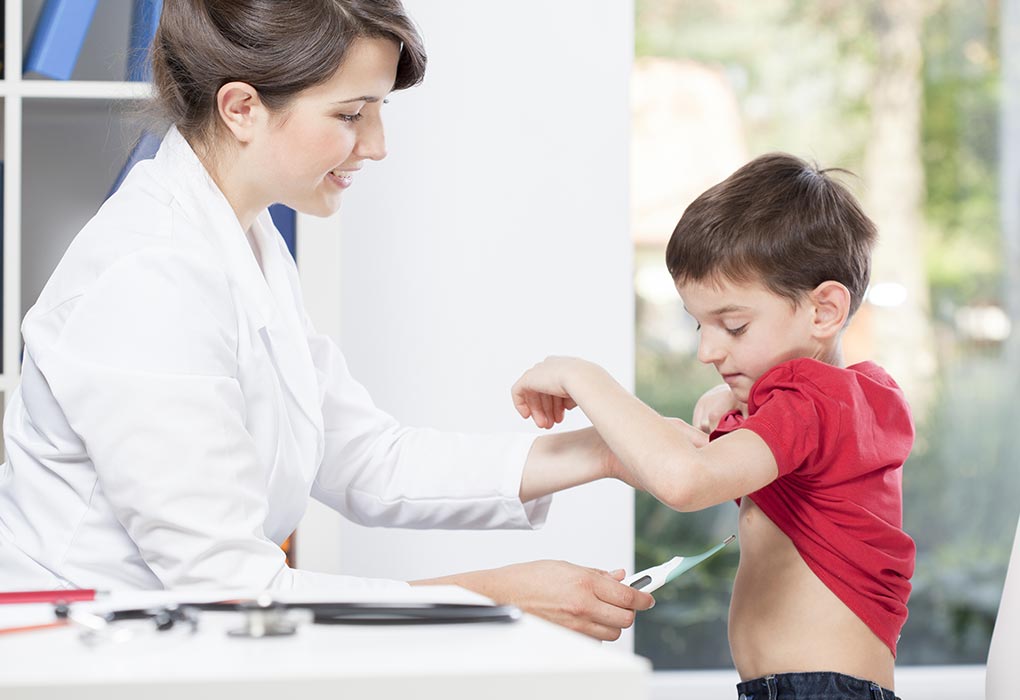
Complications of Swollen Lymph Nodes in Children
Sometimes the lymph nodes may get infected by bacteria, a condition called “Adenitis”. If your child has this condition, lymph nodes may become big, painful, and tender. It may also turn red, and the child may also have a fever.
If it is detected earlier on, your child can take oral antibiotics and recover. However, in severe cases, your child may have to be taken to the hospital for intravenous antibiotics and for draining the pus from the infected nodes (6).
How Are Enlarged Lymph Nodes Diagnosed?
As swollen lymph nodes denote infections, your doctor will do a thorough examination to see which lymph nodes are swollen, how big they are, if they are red and tender, or rough and fixed in order to figure out the underlying cause and provide appropriate treatment (7).
How to Treat Lymphadenopathy in Children
When it comes to the treatment for swollen lymph nodes in children’s necks, it should be understood that enlarged lymph nodes that are fighting viral infections do not need treatment, and they will go away on their own. If they have a bacterial infection, antibiotics may be prescribed, whereas painkillers may be prescribed for tenderness and pain. Treatment of enlarged lymph nodes depends upon what the underlying cause of the nodes is (8).
Home Remedies
- Apply a clean, warm cloth to the swollen area for 10-15 minutes, 2-3 times daily to reduce discomfort and promote drainage.
- Encourage plenty of fluids (water, soups) to help flush out toxins and support immune function.
- Ensure your child gets adequate sleep to help their body fight off infections naturally.
- Lightly massage the area (if not painful) to improve circulation and reduce swelling.
Medicines
- Pain Relievers – Acetaminophen (Tylenol) or ibuprofen (Advil/Motrin) can help reduce pain and inflammation (use age-appropriate doses).
- Antibiotics – Prescribed if the cause is a bacterial infection (e.g., strep throat or ear infection). Never use leftover antibiotics without a doctor’s approval.
- Antihistamines – For allergy-related swelling (e.g., Benadryl or Zyrtec), but only under pediatric guidance.
- Avoid Steroids/OTC Creams – Do not use steroid creams or oral steroids unless directed by a doctor, as they can mask underlying issues.
Surgery
- In certain cases, surgical removal of the enlarged lymph node may be recommended as a treatment option.
- Depending on the underlying condition, a pediatric surgeon may recommend a drainage procedure for the affected lymph nodes.
- Although lymph node surgery is typically low-risk, potential complications may include delayed wound healing, formation of blood clots, temporary numbness near the surgical site, and postoperative infections.
When to Worry About Swollen Lymph Nodes in Children
If your child has a sore throat, fever, and the lymph nodes continue to grow or do not go away for weeks, take your child to a doctor. If you notice strange bruising or if your child is bleeding unusually from the nose and mouth or experiencing weight loss, visit your doctor. Nodes larger than four centimetres are serious, and medical intervention may be required. A hard lump on the back of a child’s head may be a swollen lymph node or minor cyst, but consult a doctor to be sure. For a child with swollen lymph nodes in the neck but no fever, it may be harmless, but see a doctor if they persist.
FAQs
1. Can allergies cause swollen lymph nodes in kids?
While infections are the most common cause, severe or chronic allergies (e.g., food allergies, eczema) can occasionally trigger mild lymph node swelling due to prolonged immune system activation.
2. Are swollen lymph nodes linked to dental problems?
Yes, untreated cavities, gum infections, or emerging teeth (especially molars) can cause swollen lymph nodes under the jaw or neck, as the immune system responds to nearby inflammation.
3. Do vaccinations cause temporary lymph node swelling?
Certain vaccines (e.g., MMR, COVID-19) can trigger mild, short-term swelling in nearby lymph nodes (e.g., armpit after an arm shot) as the immune system builds protection.
While swollen lymph nodes in children are common and often go away on their own, they could put unnecessary stress on parents and children both. Adequate knowledge about lymph nodes can help you seek treatment whenever necessary.
References/Resources:
1. National Library of Medicine – Anatomy, Lymph Nodes
2. National Library of Medicine – Evaluation of children with lympadenopathy
3. American Academy of Pediatrics – Lymph Nodes – Swollen
4. Children’s Hospital Colorado – Lymph Nodes – Swollen
5. University of Rochester Medical Center – Lymphadenopathy in Children
6. Kaiser Permanente – Single Swollen Lymph Node in a Child (Lymphadenitis)
7. Mayo Clinic – Swollen lymph nodes
8. Children’s Hospital of Philadelphia – Lymphadenopathy
Also Read:
Ear Pain in Kids
Neck Pain in Kids
Groin Pain in Children
Knee Pain in Kids
Leukaemia in Children
Was This Article Helpful?
Parenting is a huge responsibility, for you as a caregiver, but also for us as a parenting content platform. We understand that and take our responsibility of creating credible content seriously. FirstCry Parenting articles are written and published only after extensive research using factually sound references to deliver quality content that is accurate, validated by experts, and completely reliable. To understand how we go about creating content that is credible, read our editorial policy here.








